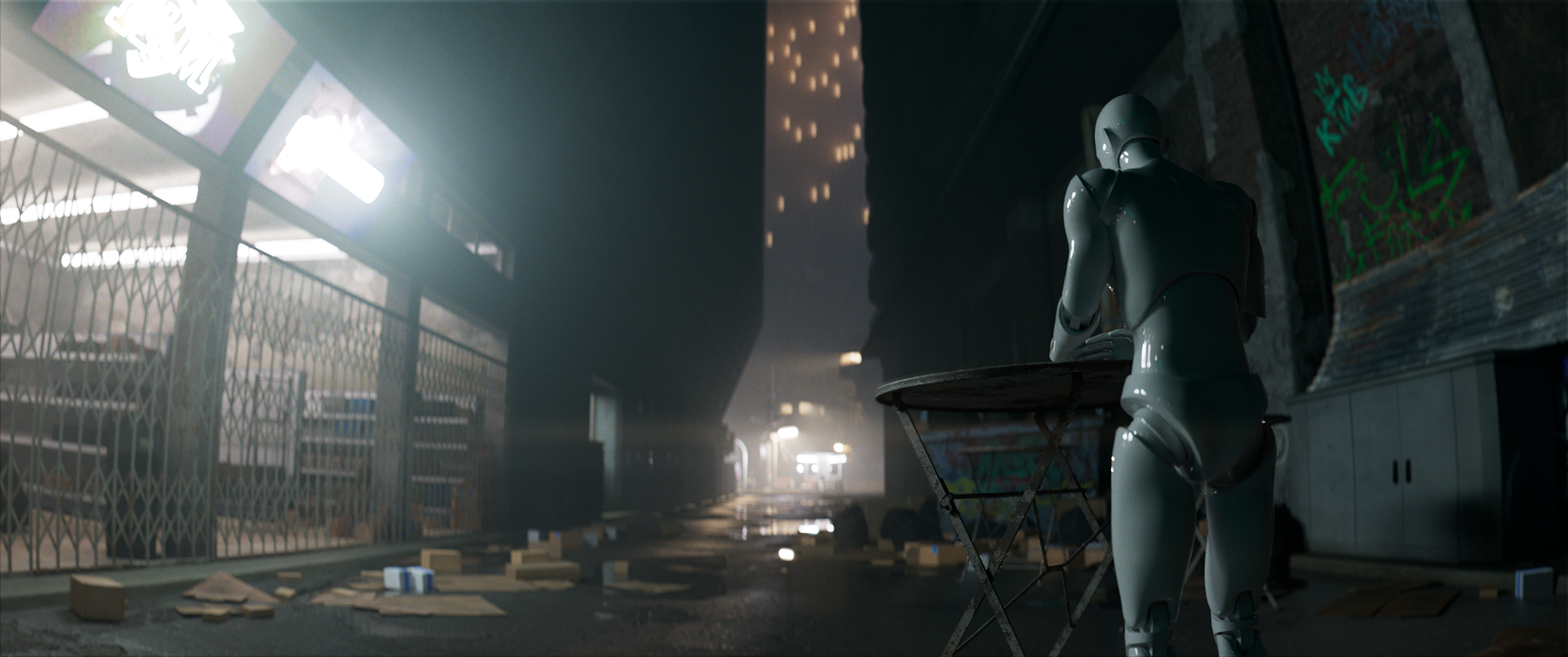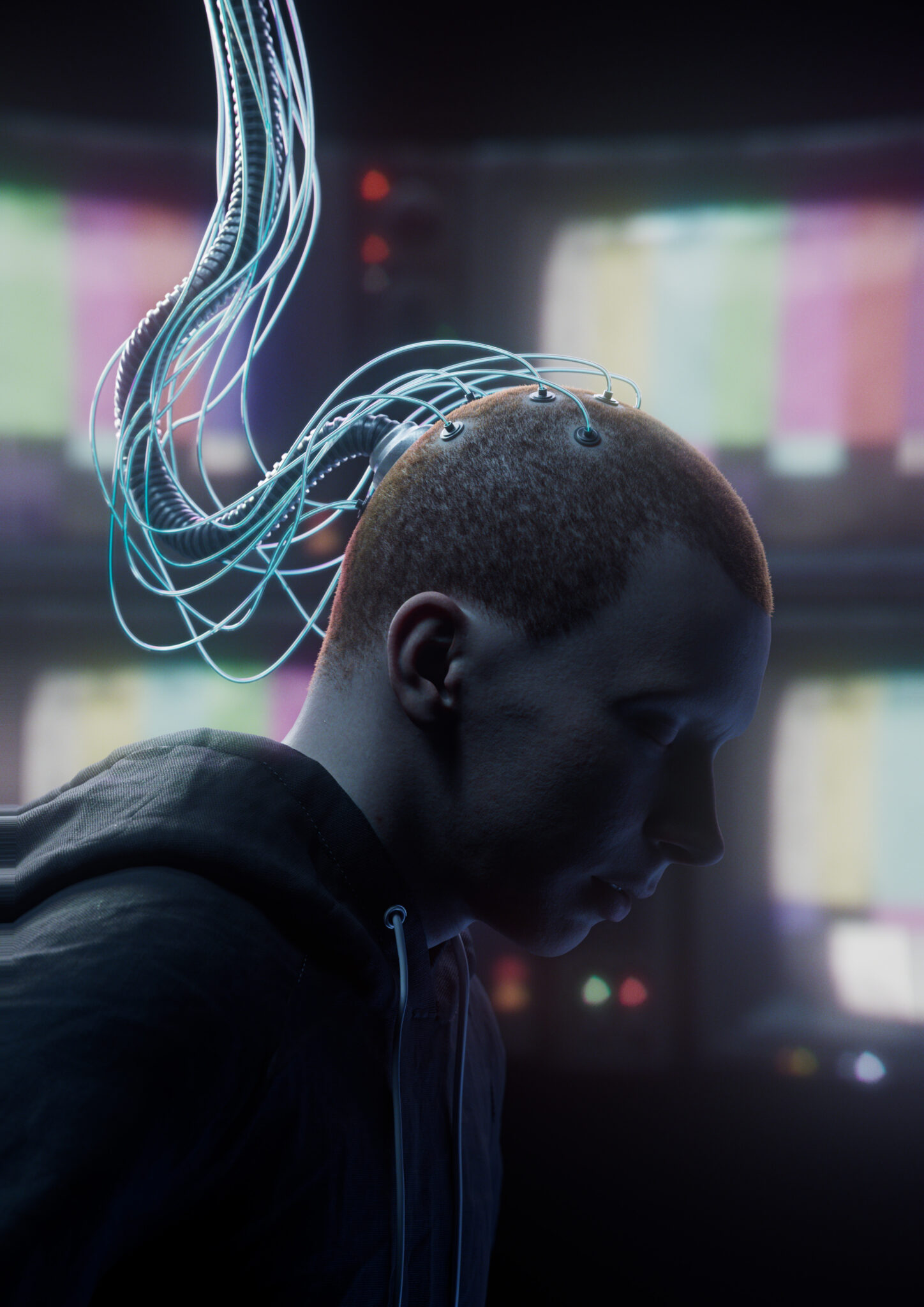BRUTALIST STREET (WIP) | 2025
Description
The primary goal of this project was to test, improve, and expand upon my custom USD tools while exploring the limits of the Redshift renderer. I aimed to create a highly detailed production scene that would challenge both my technical and artistic skills. This project served as a practical test for my tools and allowed me to push the boundaries of what’s possible in offline 3D rendering.
PROCESS
The first step in this project was defining the theme and gathering inspiration. I chose a cyberpunk/Blade Runner-inspired style because of its visually rich and detailed environments, which would allow me to test the limits of my tools and the renderer. For reference, I collected a wide range of reference material, focusing on brutalist architecture, neon-lit cityscapes, and dystopian urban environments.

Pre-vis
Once I had a clear vision, I moved on to creating a pre-visualization (pre-vis) scene. Using a blockout method, I established the overall shape and composition of the scene. This step was crucial for planning the layout and ensuring that the final scene would be visually cohesive. The blockout also helped me identify potential challenges early on, such as how to manage the complexity of the assets and the overall scene structure.
Assets
For this project, I aimed to explore the USD workflow in Houdini, specifically through the LOPs network, also known as Solaris. This is my final node graph for the entire scene. Solaris is a really powerful tool that made it incredibly easy to manage a multi-shot workflow, allowing for different lighting setups for each shot. In the end, everything was rendered in Arnold with multiple AOV passes, which facilitated additional work in the compositing stage. This compositing was accomplished using Fusion, where I could fine-tune the final visual output. The combination of these tools provided a seamless and efficient pipeline, enhancing both the technical and artistic quality of the project.






























